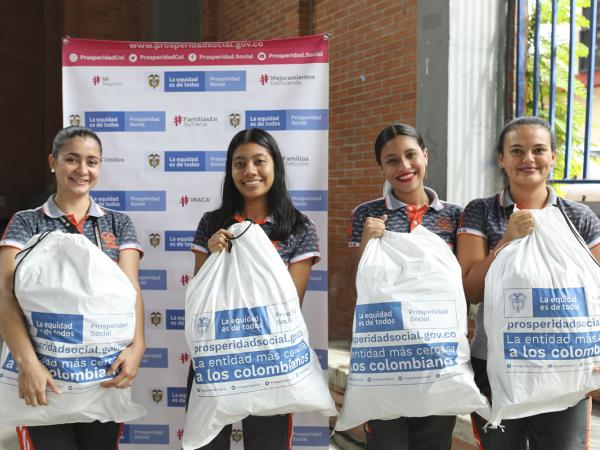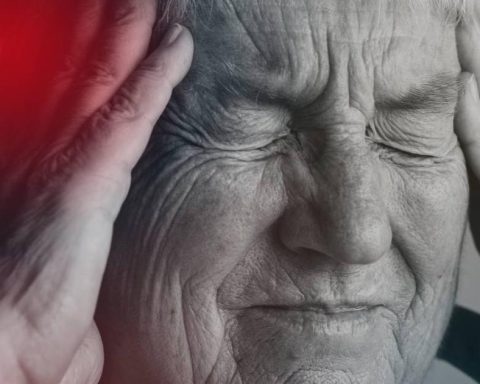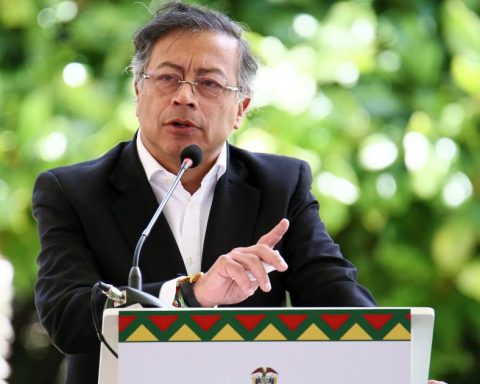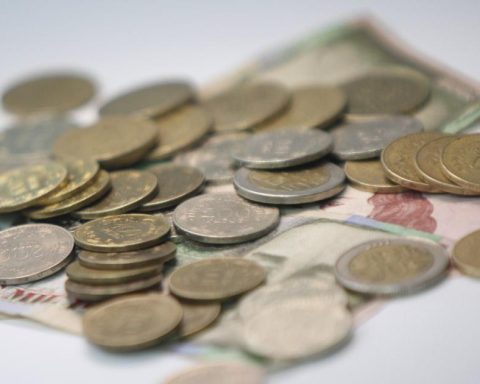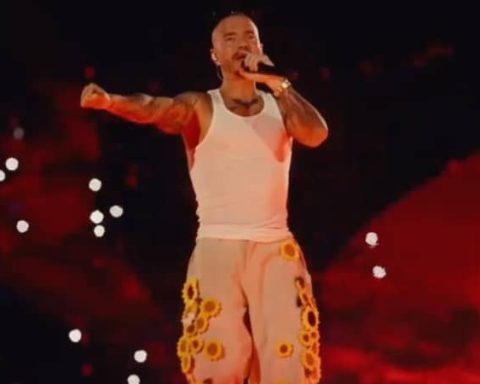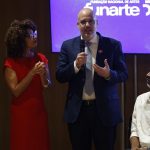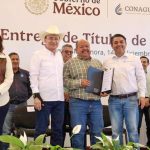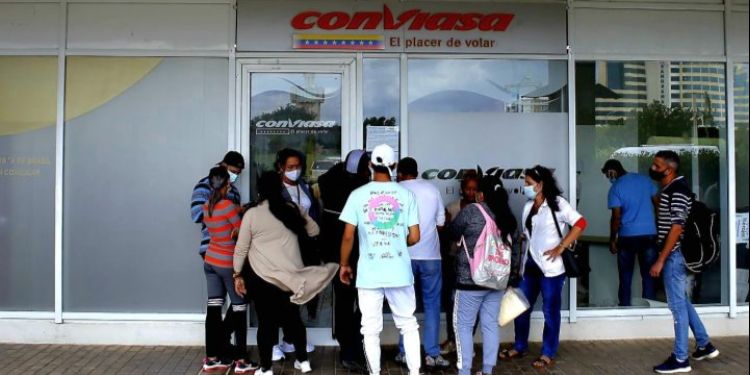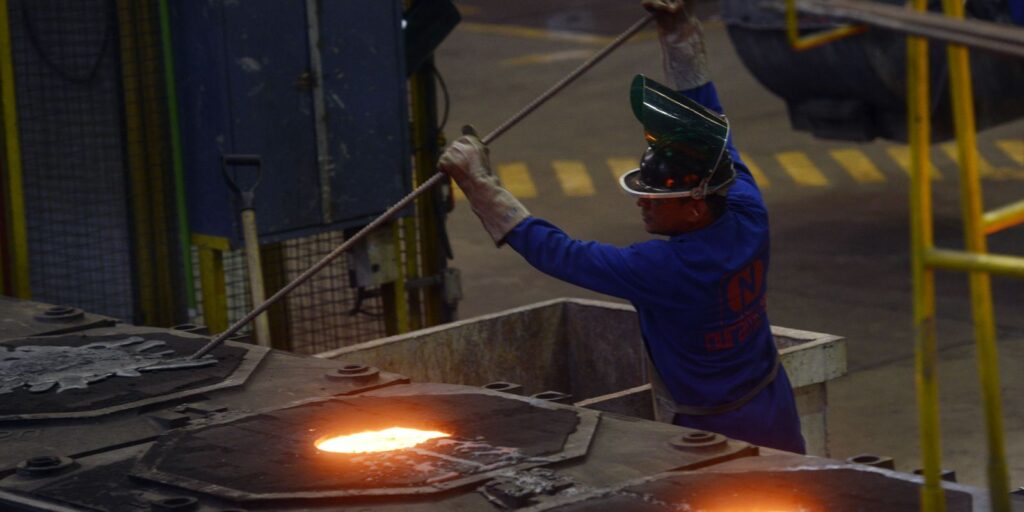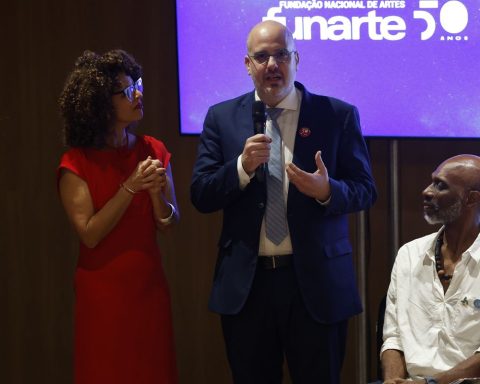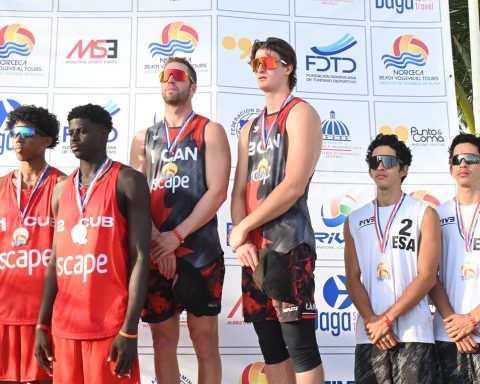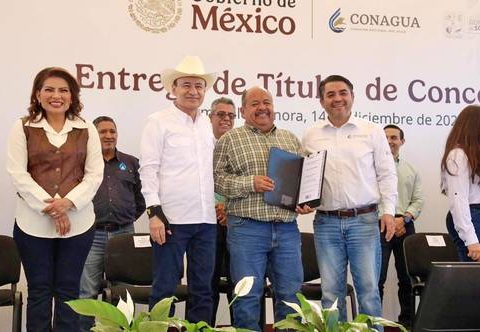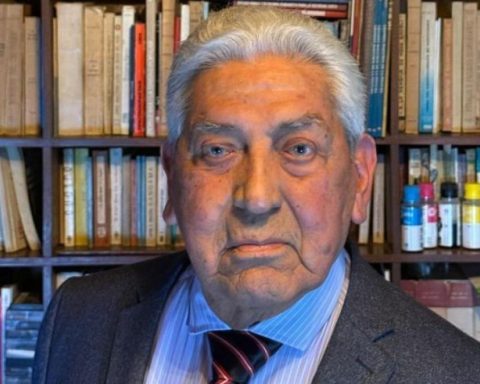Starting this Monday, May 23 begins the registration process for the Youth in Action 2022 program, which will be open until next November. Students from public universities, from the Sena and from other allied entities can enroll.
(These are the grant payment dates in March 2022.)
For this year, Social Prosperity opened 50,000 new quotasinformed the director (e) of the entity, Pierre García Jacquier.
These 50,000 places are added to a historic expansion of population coverage, announced in the National Development Plan. The entity exceeded the goal since 2021, having linked more than 500,000 new participants to Jovenes en Acción.
The call is open to young people between 14 and 28 years old, who have a vocational high school diploma (grade 11), do not have a university professional degree and are in one of the program’s population targeting bases, which certify the situation of vulnerability or poverty: ICBF census lists, indigenous census lists and current Sisbén.
“The quotas will not have any distribution by municipalities. It is a general bag for the entire country that will be distributed equally among the 78 agreements with higher education institutions, the Sena and other allied entities”, Garcia said.
(DaviPlata will pay more than half a million Youth in Action).
To consult the current agreements, you can enter: The process that must be carried out for registration has three phases:
• Pre-registration: the student must access virtually, and fill out a form that later generates an access code to the Youth in Action Portal. There she must carry basic documentation such as an identity document and a high school diploma.
• Registry: Social Prosperity validates the registered data and documents.
• Registration formalization: The entity receives the reports from the educational institutions in which the applicant must be enrolled.
Applicants must complete all phases of the registration process. The delivery of the incentives begins when the commitments requested by the program are verified. The program sends a notification to inform if the applicant met the requirements to join.
García recalled that this program is one of the institutional aids that, as recently reported by Dane, had a positive impact on poverty reduction in 2021: “It is also a program that has evaluated and measured the positive and significant effects on access and permanence in the academic training of young people in the country, through monetary transfers and life skills.”
The program will give priority to first-semester students in order to contribute to the complementary care strategy articulated with the Generation E program, component of Equity, which provides a contribution in enrollment and from Jovenes en Acción provides support to sustain these students.
BRIEFCASE
